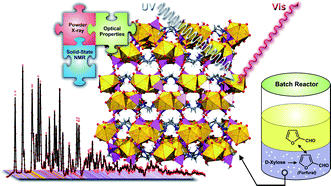Abstract
Hydrothermal reactions between rare-earth (RE)

- This article is part of the themed collection: Layered materials: structure and properties
* Corresponding authors
a
Department of Chemistry, CICECO, University of Aveiro, Aveiro, Portugal
E-mail:
filipe.paz@ua.pt, rocha@ua.pt
Fax: +351 234 370084
Tel: +351 234 370730
b Department of Physics, CICECO, University of Aveiro, Aveiro, Portugal
Hydrothermal reactions between rare-earth (RE)

 Please wait while we load your content...
Something went wrong. Try again?
Please wait while we load your content...
Something went wrong. Try again?
L. Cunha-Silva, S. Lima, D. Ananias, P. Silva, L. Mafra, L. D. Carlos, M. Pillinger, A. A. Valente, F. A. Almeida Paz and J. Rocha, J. Mater. Chem., 2009, 19, 2618 DOI: 10.1039/B817381H
To request permission to reproduce material from this article, please go to the Copyright Clearance Center request page.
If you are an author contributing to an RSC publication, you do not need to request permission provided correct acknowledgement is given.
If you are the author of this article, you do not need to request permission to reproduce figures and diagrams provided correct acknowledgement is given. If you want to reproduce the whole article in a third-party publication (excluding your thesis/dissertation for which permission is not required) please go to the Copyright Clearance Center request page.
Read more about how to correctly acknowledge RSC content.
 Fetching data from CrossRef.
Fetching data from CrossRef.
This may take some time to load.
Loading related content
